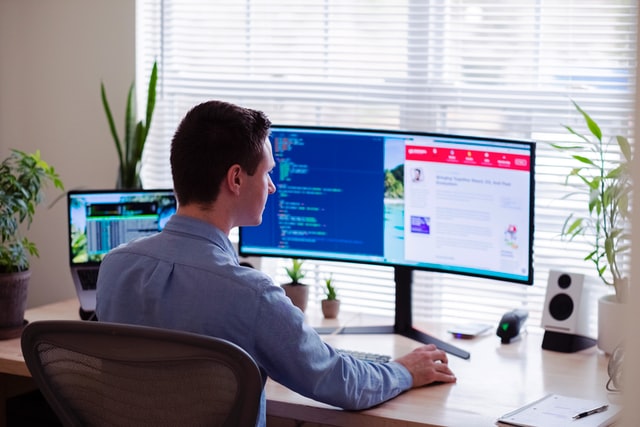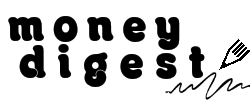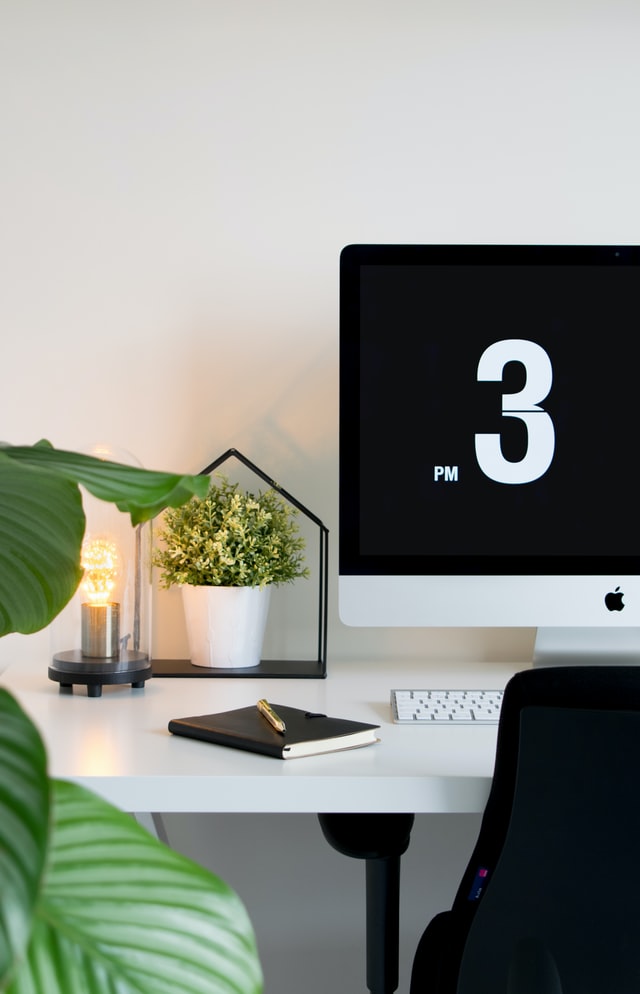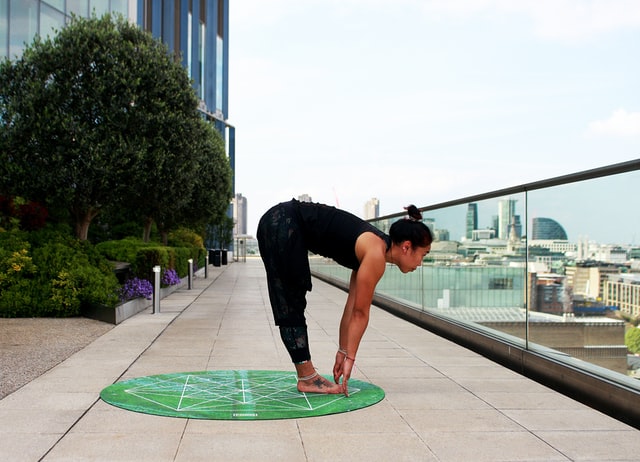With the Circuit Breaker period put in place, work from home became the new normal. And while your co-worker diligently sends out emails at 8 am or messages some ideas to brainstorm on Monday, I can assure you that he or she would rather do something else at home.
This work from setup is not for everyone. It is harder from some people, and you may be suffering from anxiety already. For starters, there seems to be more work to be done as the company wants to ensure that you maximize your time. Secondly, there are constant distractions such as your clingy household pet or sister’s loud Kdrama show. Thirdly, your mother may be asking you to help around the house. Lastly, you may feel gloomy due to the uncertainty of the current pandemic.
While our tasks our different, one thing remains the same. We need to get our job done! We need to clock in at a certain time, check emails, attend Zoom meetings, and message our clients. While you have read almost all the tips surrounding the at-home office setup, each person’s experience will be completely different.
The struggle is real. The question is, what do you do about it? Here are five tips that can help you during the CB work-from-home period.
#1: TIDY UP YOUR SPACE
If you have been working in an open-space layout, then you know how it feels to not have a desk of your own. Well, now is the time to personalize your space and to get your interior design hats on. Brighten up your workspace by putting family pictures or indoor plants. Having a dedicated and decorated area makes it more inviting for you to work.
#2: TAKE BITE-SIZED BREAKS
One round of Design Home or Mobile Legends app did not hurt anyone. You may also indulge in an episode of Money Heist or take a 30-minute long nap. All of these mini-breaks enable you to work productively at home. No one is going to stop you, anyway! Ensure that you are following the deadlines and scheduled meetings set by your boss. Do not forget to provide the output that he or she needs. Get that all-important water break to nourish you throughout the day too!
#3: KNOW WHEN TO STOP
This tip goes hand-in-hand with the previous one. There must be clear boundaries set in place for all of us working from home. Because all communications are done through the email or through the phone, we tend to forget that we are already working beyond our working hours. Setting boundaries is not just for your boss. It is for your own mental and physical health too. Go offline when you are done for the day. Do a non-work related activity to ease your mind too. Take an hour of hot bath or yin yoga. Enjoy anything that will keep your mind and hands off your tools for work!
#4: DRESS COMFORTABLY
Find a style that works for you. If you find that you are more productive by wearing pajamas then, do that. Others may feel the need to get dressed in uniform to set the tone for their work day. It is all in the matter of preference. There is no pressure to dress nicely as you will only sit in your home office. However, you must dress appropriately for video conferences or online meetings.
#5: COMMUNICATE EFFECTIVELY
Communication is essential to help you survive this setup. Talk to your co-workers about the task at hand. Ensure that no details are wrong or misunderstood. Talk to your boss about the support you need to get for a particular project. Communicating what you need and how you feel will bridge the gap between the online and offline processes. It can also be a way for you to reduce your stress.

Image Credits: unsplash.com
At the end of the day, it is really up to you to find a flow that would help you stay productive and efficient while enjoying your work-from-home setup.









